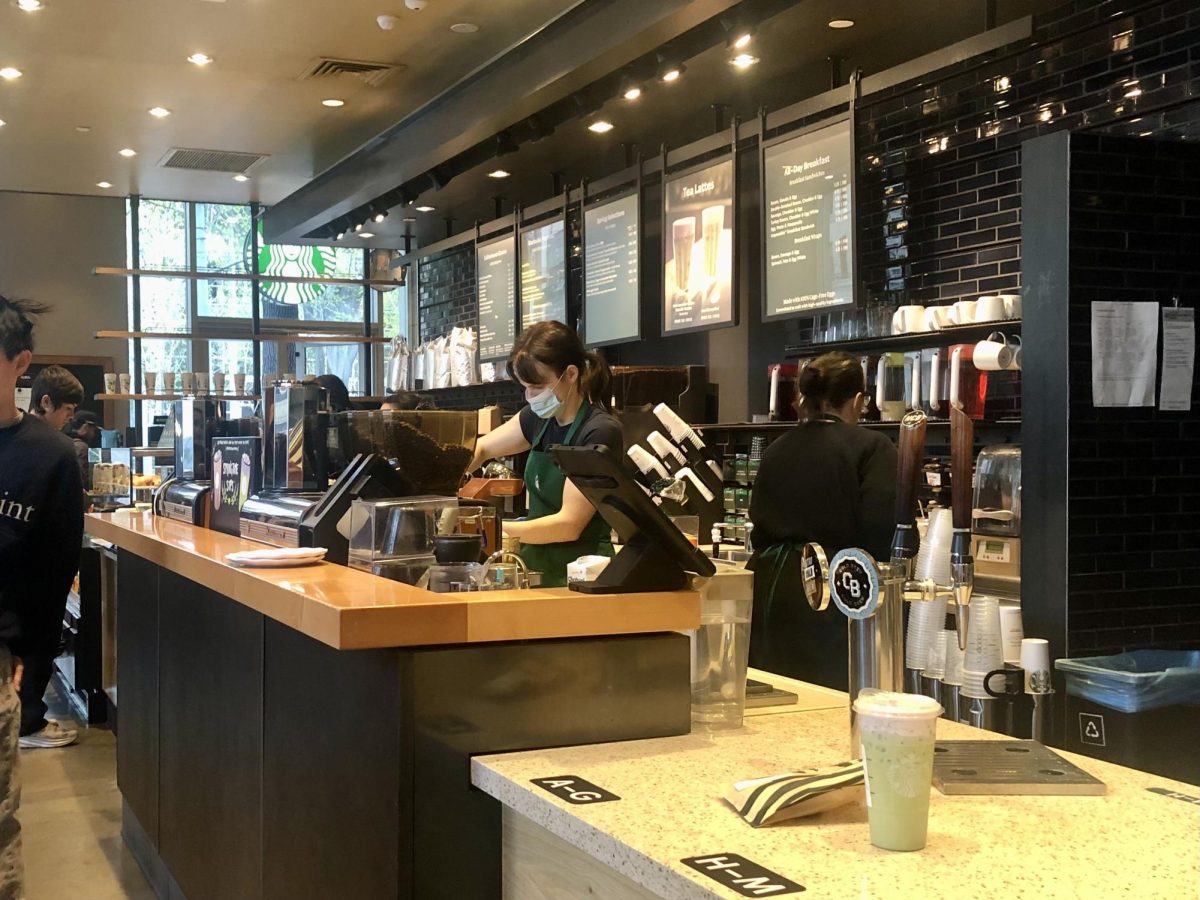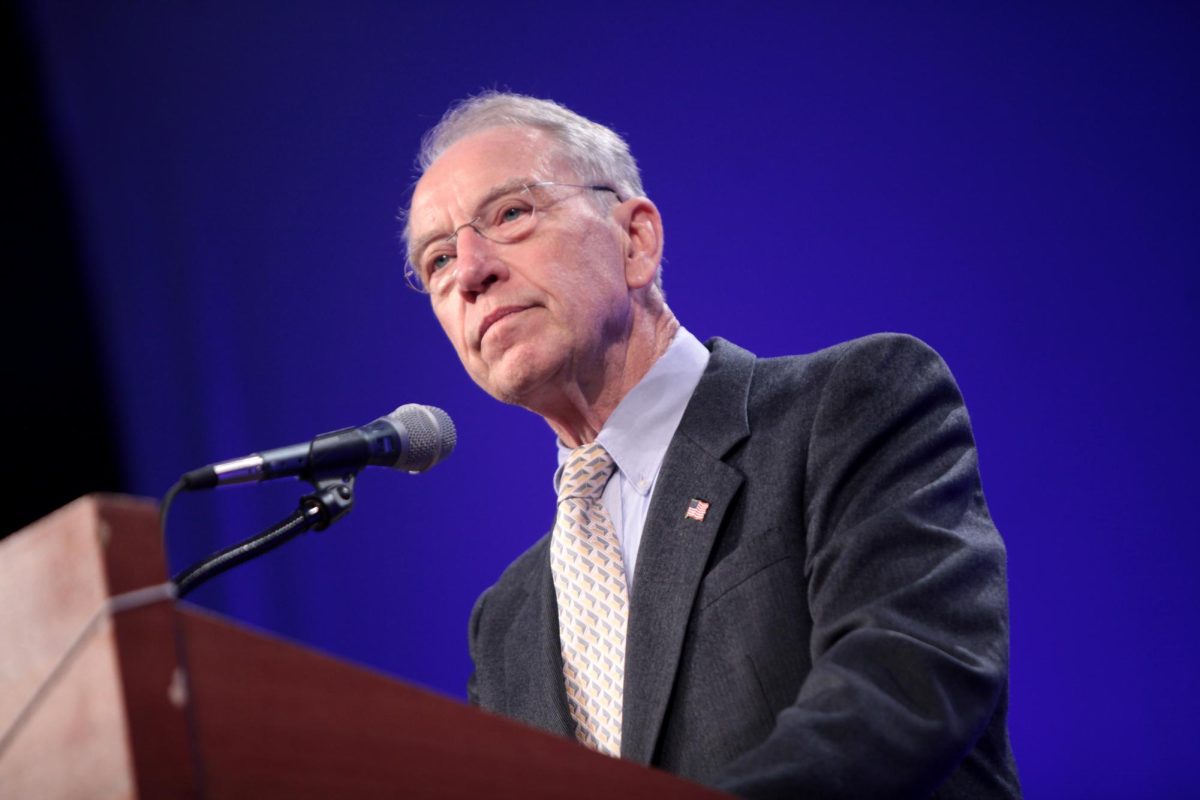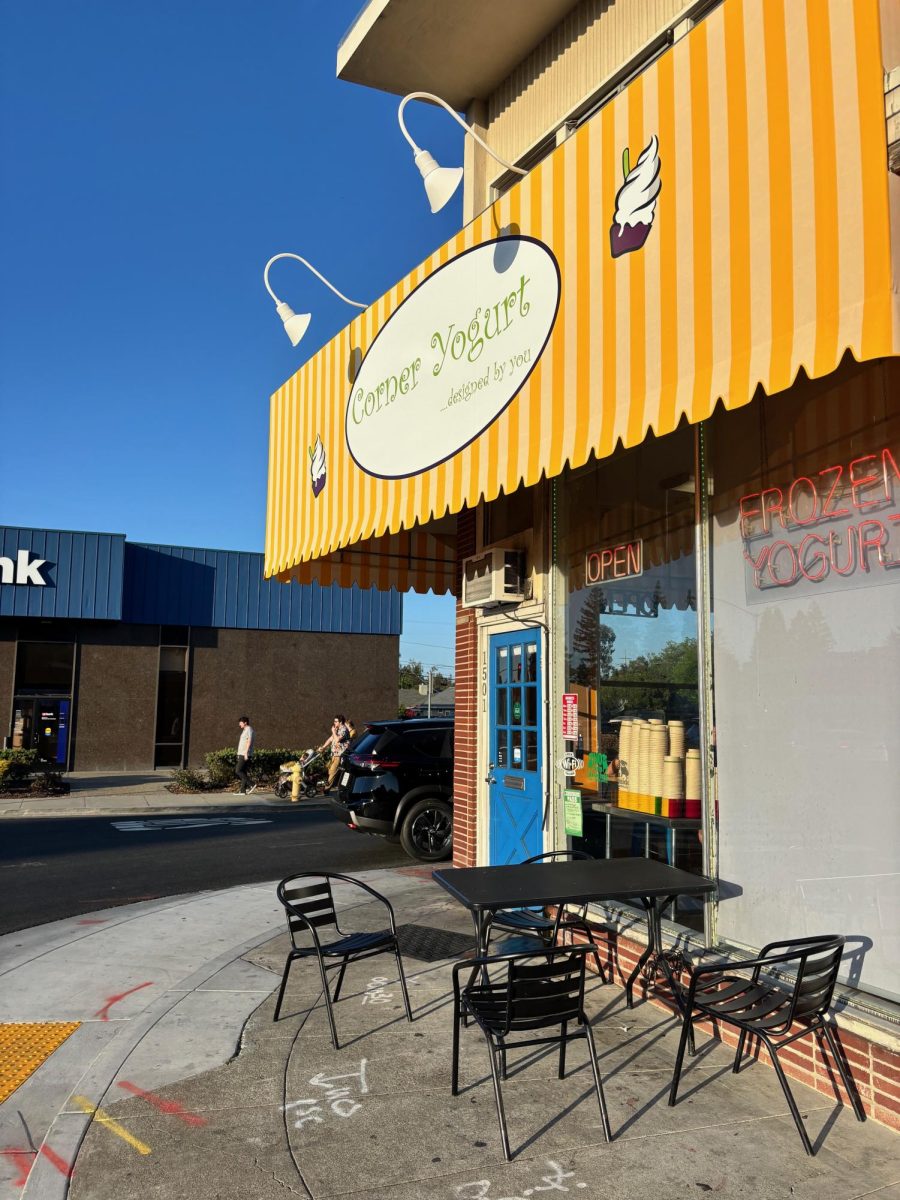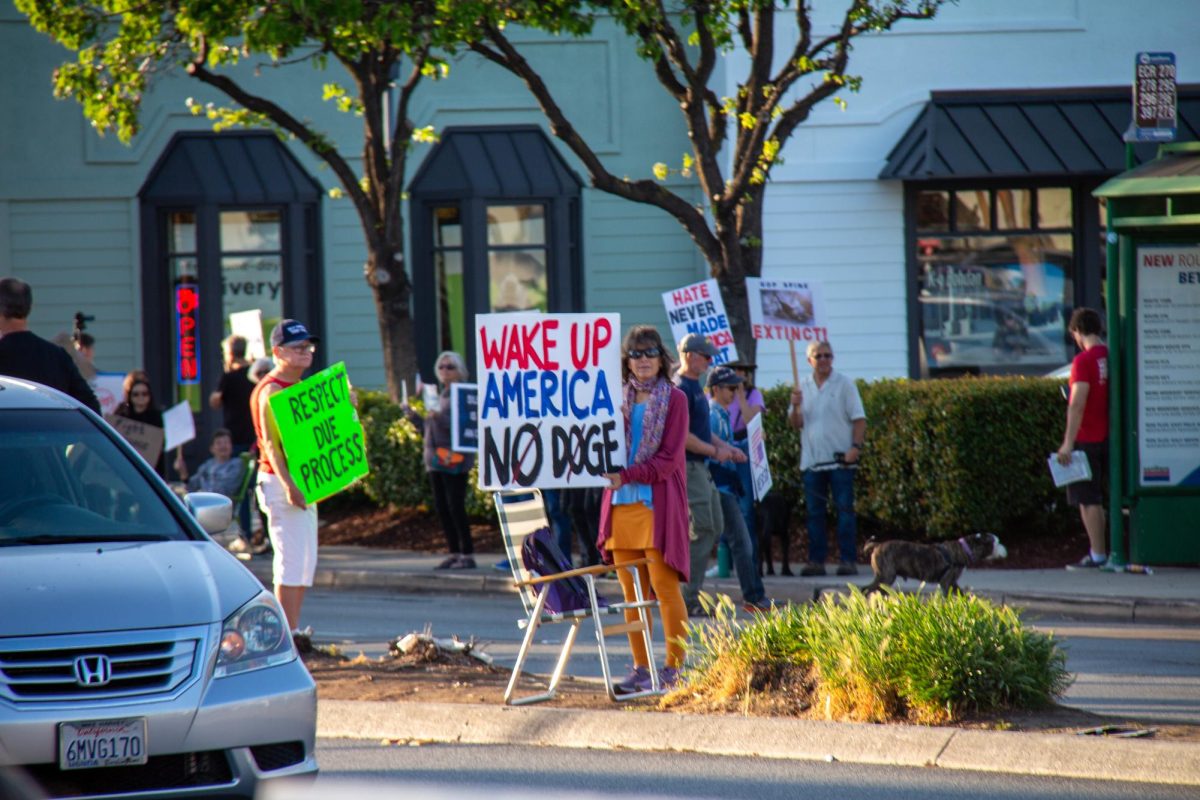Brian Niccols became Starbucks’ new Chief Executive Officer (CEO) in early November 2024. This change came after a disappointing fourth quarter for the company.
Under Niccols, old traditions, like writing customers’ names on cups were revived while others, like free water and bathrooms, were stopped. Along with these changes came paper cups for cold drinks at many locations, with most in the area having been affected by this change.
“I have a problem with the [paper] cups because sometimes they get soggy,” freshman and frequent Starbucks-goer Itzel Herrera said.
Along with the change of CEO came other improvements. Niccols told investors that the brand was going “Back to Starbucks”, a plan entails reasserting the Fortune 500 company as the third place coffee shops are known for. Significant changes include free refills on coffee and tea if you stay in-store and an increase in clean and comfortable seating. Additionally, the brand rebranded itself to “The Starbucks Coffee House” in an effort to appear more like a “community coffeehouse”.
Herrera can see herself spending time hanging out at one of their shops, but doesn’t envision herself studying there.
“Every time I go in, it’s really loud because they’re always brewing coffee,” Herrera said. “I don’t think I would [study there].”
Noise is something that freshman Penny Rudkin takes into account when choosing which coffee shops to spend time reading, cross stitching or studying in.
“I like the quiet [shops],” Rudkin said. “That’s not always very common.”
Downtown Redwood City’s Little Green features a coffee bar, live music, a plant shop, artisan goods and classes hosted by these local artisans. Along with all of that, the shop is a popular place to spend time at.
“The smell of coffee and the fresh plants bring a coziness to the space that makes it easy to kill time in,” general manager Riley Talain said.
Yet, Starbucks’ looming presence has forever hurt small, local coffee shops.
“Starbucks is an absolute beast; it’s incredibly hard to compete with,” Talain said.
With the “Back to Starbucks” plan proposed by Niccols, Starbucks’ nationwide are making changes to appear and feel more like a small, local coffee shop. For them to return to their “coffeehouse roots” could make them even more threatening to shops that don’t have the budget to choose whether they want to appear as a “community coffee shop” or not.
“Every dollar helps us pay artists, helps us get better gear for musicians, helps keep our coffee machine running properly,” Talain said. “You’re directly funding your community by shopping small and local, no matter where you live.”
In comparison, Starbucks has donated over twenty million dollars to nonprofit organizations and also aids with relief efforts and natural disaster resilience. Although, the company does own multiple private jets.
It’s difficult for small businesses to support themselves with Starbucks in the picture, especially due to the convenience and consistency of the brand.
“Because of our size, we can’t offer rewards programs; we don’t have the budget to absorb any discounts right now,” Talain said. “The best we can do is make [ourselves] as enticing as possible! We don’t just want to be your go-to work-from-home spot, but we want to be what you think of when you think of local music…baby shower venues…[and] plant advice.”
Talain added that sometimes nothing can replace Starbucks for, say, a pink drink. Yet, consumers should be mindful and conscious when spending their money and take into consideration where their dollar will go at Starbucks as opposed to a small, local coffee shop.
“Changing where you get your regular cup of coffee or sweet treat is one way to really make an impact and feel good about your efforts without exerting too much brain power and over-exhausting yourself,” Talain said.






